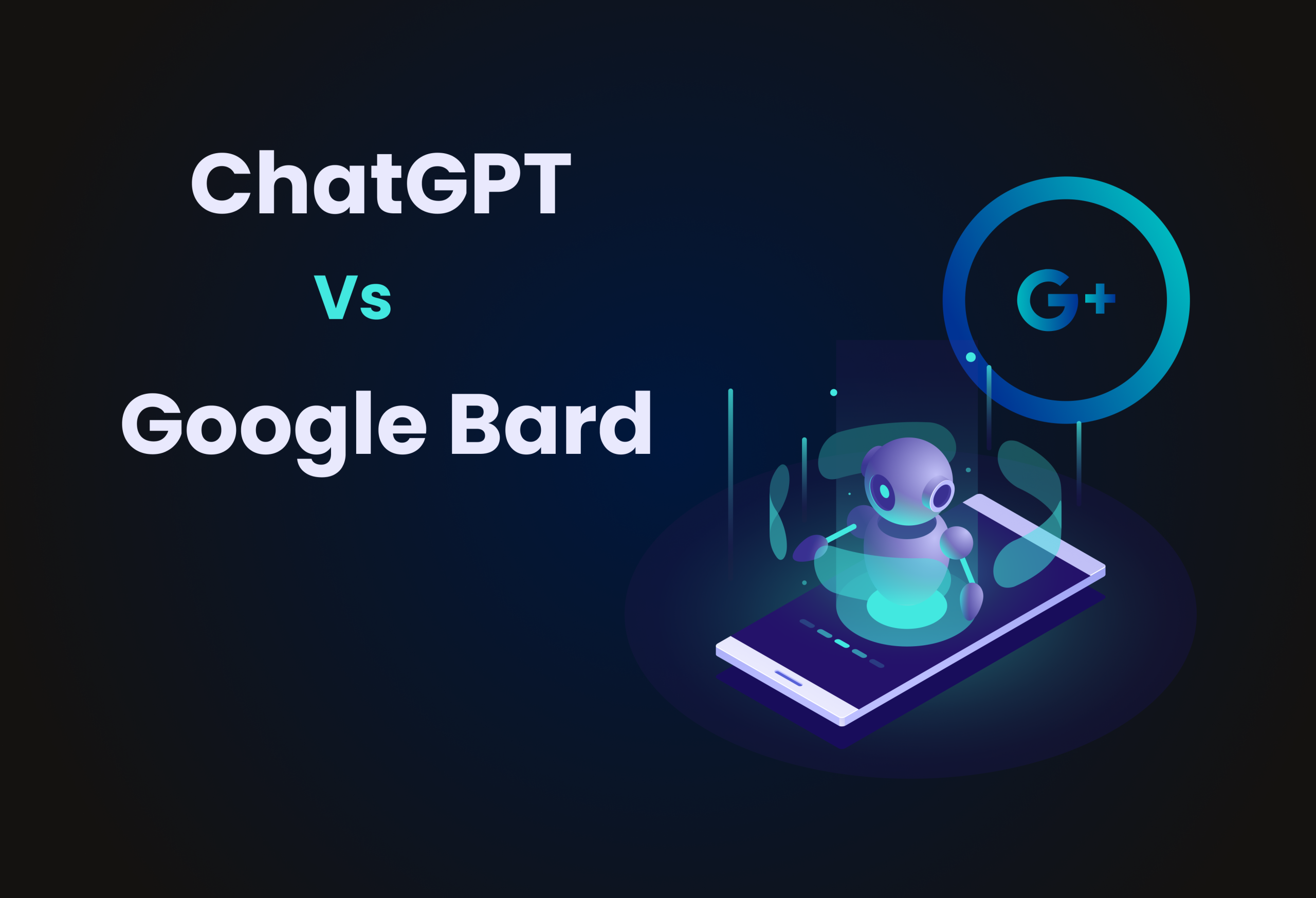Today we’ll be diving into ChatGPT vs Google Bard, two of the most popular AI chatbots available in 2023. ChatGPT and Google Bard are AI chatbots that are programmed to respond to requests. When used effectively, ChatGPT and Google Bard can be used to support certain business processes in content production, development, and other areas. As similar as these chatbots are, they do differ in certain ways.
Here’s how ChatGPT and Google Bard compare to one another. In this article, let’s discuss the features and benefits of these two tools. Also, do they have any disadvantages? Any potential drawbacks that you should know about? Well, you’ll find it out and more if you keep scrolling through.
What exactly is ChatGPT?
OpenAI’s ChatGPT is an AI chatbot that generates human-like responses based on text input. A vast language model has been trained on a massive volume of internet text.
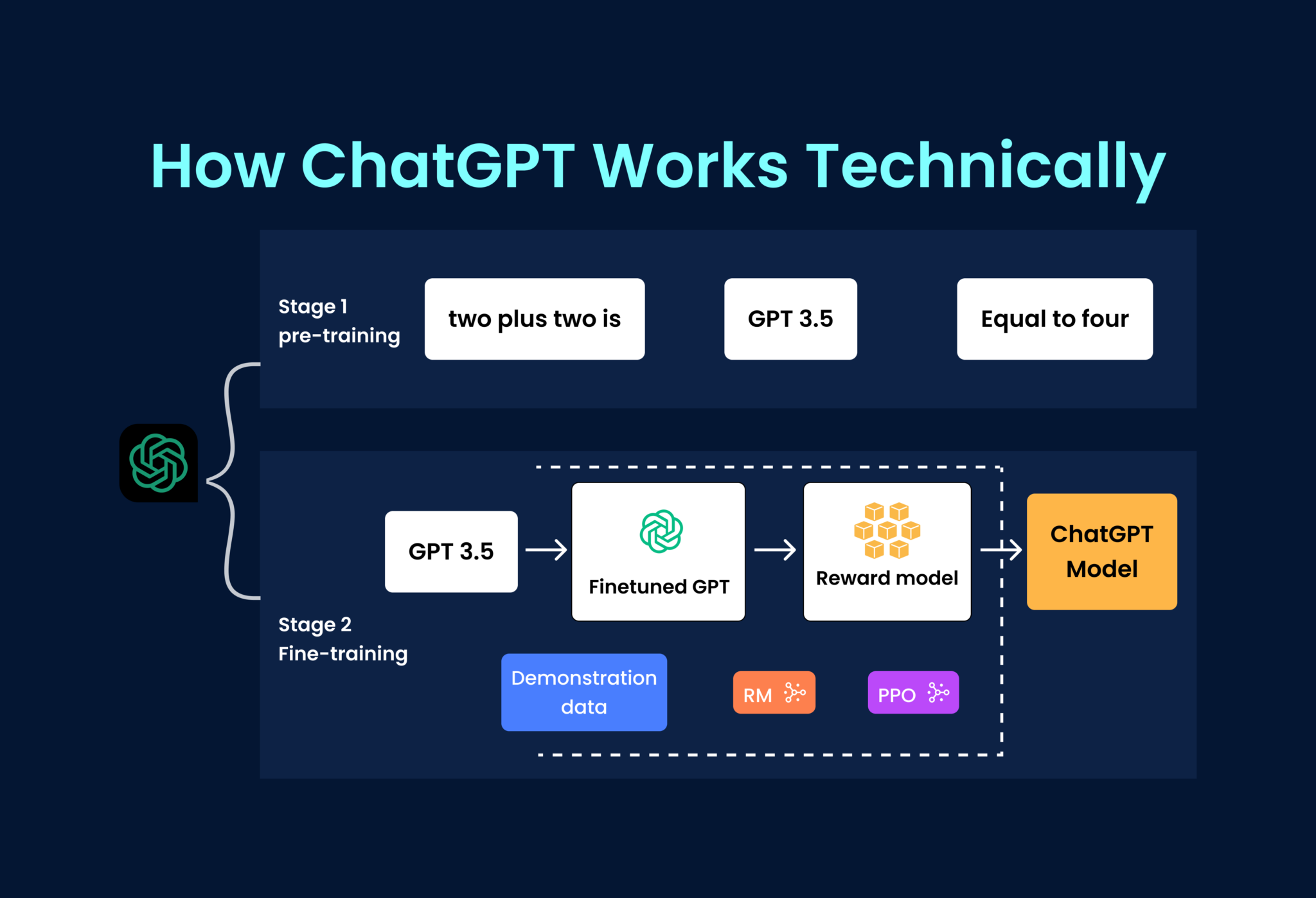
What exactly is Google Bard?
Bard represents Google’s initiative in the realm of artificial intelligence (AI) chat technology. Consider a hypothetical scenario where individuals have access to a wealth of information readily available through the internet with minimal effort. Google’s new service is based on that philosophy. The objective is to provide users with access to the capabilities of the web at their fingertips.
The primary differentiation between the services offered by Google and ChatGPT lies in the fact that Google’s service sources its data from the World Wide Web. Like ChatGPT, Bard can answer queries and generate text from prompts.
Are Google Bard and ChatGPT available to use yet?
ChatGPT was the first and, in many ways, remains the best option for those interested in experimenting with AI-generated text. First and foremost, it is freely available for anyone to try out. ChatGPT’s widespread accessibility from the start has contributed to its success.
Currently, you can find Bard in over 180 countries and territories and in three different languages. With careful consideration for local laws and its own AI principles, Google plans to progressively expand into new nations and territories.
A waitlist is there, but if you don’t want to wait, there are a few easy ways to get to the top. If you have Google One, you will have access as soon as you sign up. Pixel Superfan group members are no exception. Everyone else in line may still be waiting as Google adds new spots.
ChatGPT and Google Bard comparison
ChatGPT and Google Bard are very similar in many ways. However, they do differ in certain ways too. So let’s compare ChatGPT to Google Bard.
1. ChatGPT and Google Bard cost
Price of ChatGPT
The basic edition of ChatGPT is free, with a daily limit of 100 questions. ChatGPT Plus, which costs $20 a month, provides users with faster response times, more features, and access to GPT-4 (the free version currently uses GPT-3.5). Organizations that do not have an OpenAI contract can join a waitlist for access to the ChatGPT API.
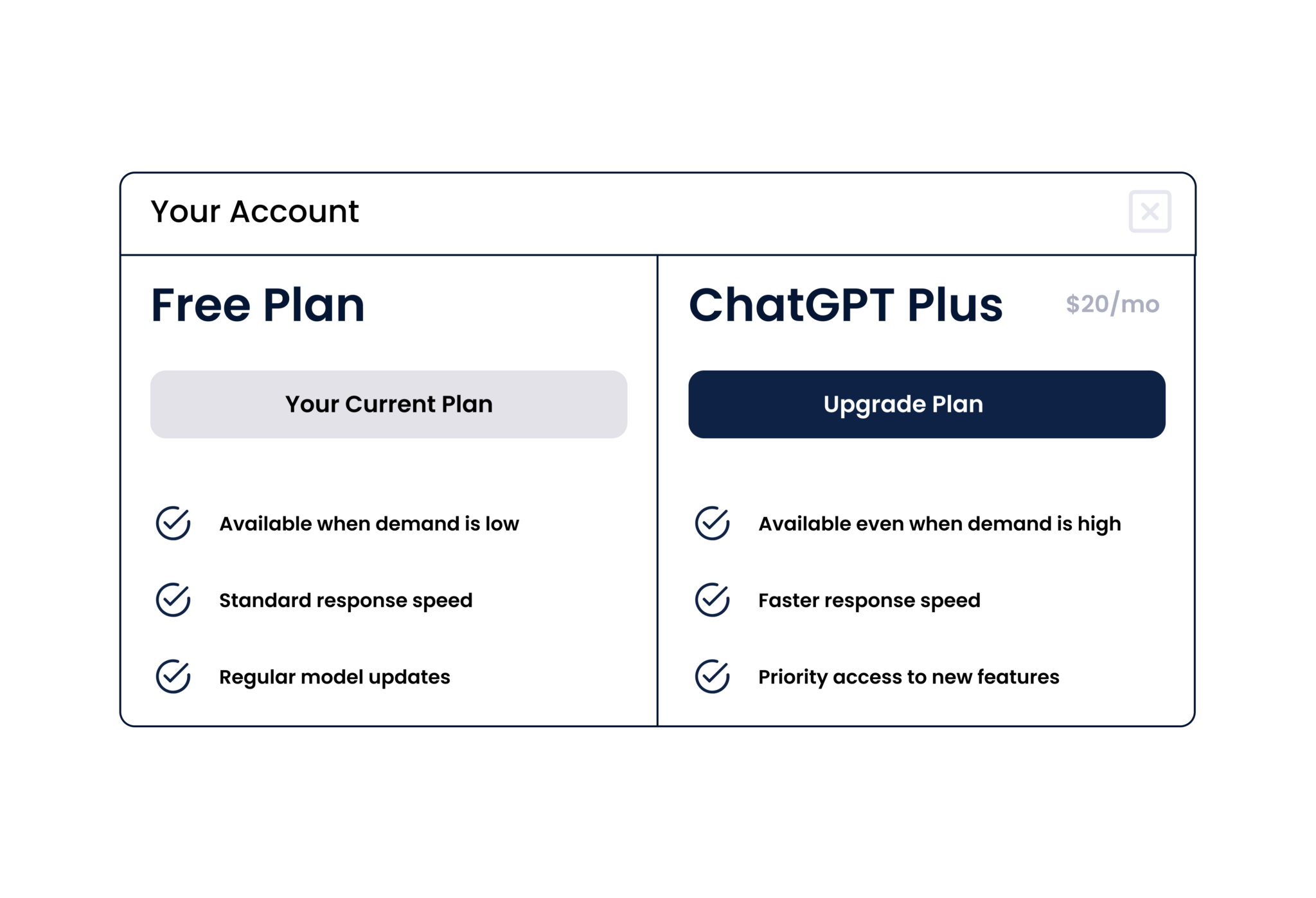
Price of Google Bard
Google Bard is a free service that allows you to ask an endless number of questions. Google’s goods have frequently remained free, owing to the company’s reliance on advertising.
2. Feature comparison: ChatGPT vs. Google Bard
Text generation
ChatGPT and Google Bard are handy tools for composing content, which might range from information summaries to poems to essays. ChatGPT was learned on internet text, whereas Google Bard was trained on a conversation-specific dataset. That is why most say that ChatGPT is much better at coming up with paragraphs, summaries, and more text-based processing work, whereas Google Bard takes the win at dialogues.
However, because ChatGPT is based on data that was largely gathered up to 2021, it lacks access to the complete variety of content on the internet that Google Bard does and hence may offer out-of-date replies. For example, if your company wants to learn about Google Bard, ChatGPT is unable to react.
Conversational response ability
Both of these tools are trained on datasets with so many parameters—we are talking billions here—that generate replies that are remarkably human-like. GPT-4 has approximately 100 trillion parameters as well. Google Bard, on the other hand, can give more current responses than ChatGPT because it was trained on data with instant internet access and a more up-to-date library.
Let’s say you ask, “What happened last week in Florida?” In this case, Bard will be able to come up with responses to such recent news in bullet points. However, ChatGPT does not have the same ability regarding recent news events.
ChatGPT’s advantages and drawbacks
Advantages of ChatGPT
1. Rapid reaction times
ChatGPT outperforms earlier generations of AI chatbots in terms of response speed, which helps organizations become more efficient. ChatGPT Plus outperforms Google Bard.
2. Ability to generate human-like responses
ChatGPT can generate more natural-sounding text than earlier generations of AI chatbots, owing to the massive amount of data on which it has been trained.
3. Very easy to use
ChatGPT is user-friendly because it can do a wide range of activities, from translating to compressing paragraphs to writing song lyrics, and it can do so for a wide range of audiences. Its basic responses and simple design make it an easy tool for folks without technological expertise.
4. Can work with over 20 languages
ChatGPT understands and produces text in over 20 different languages.
Supports many programming languages: ChatGPT is compatible with Python, JavaScript, Java, and a lot more programming languages.
5. ChatGPT has plugins
OpenAI has launched preliminary plugin support in ChatGPT. Plugins allow ChatGPT to:
- Utilize up-to-date information
- Execute computations
- Make use of third-party services
They were developed with security as a primary design goal.
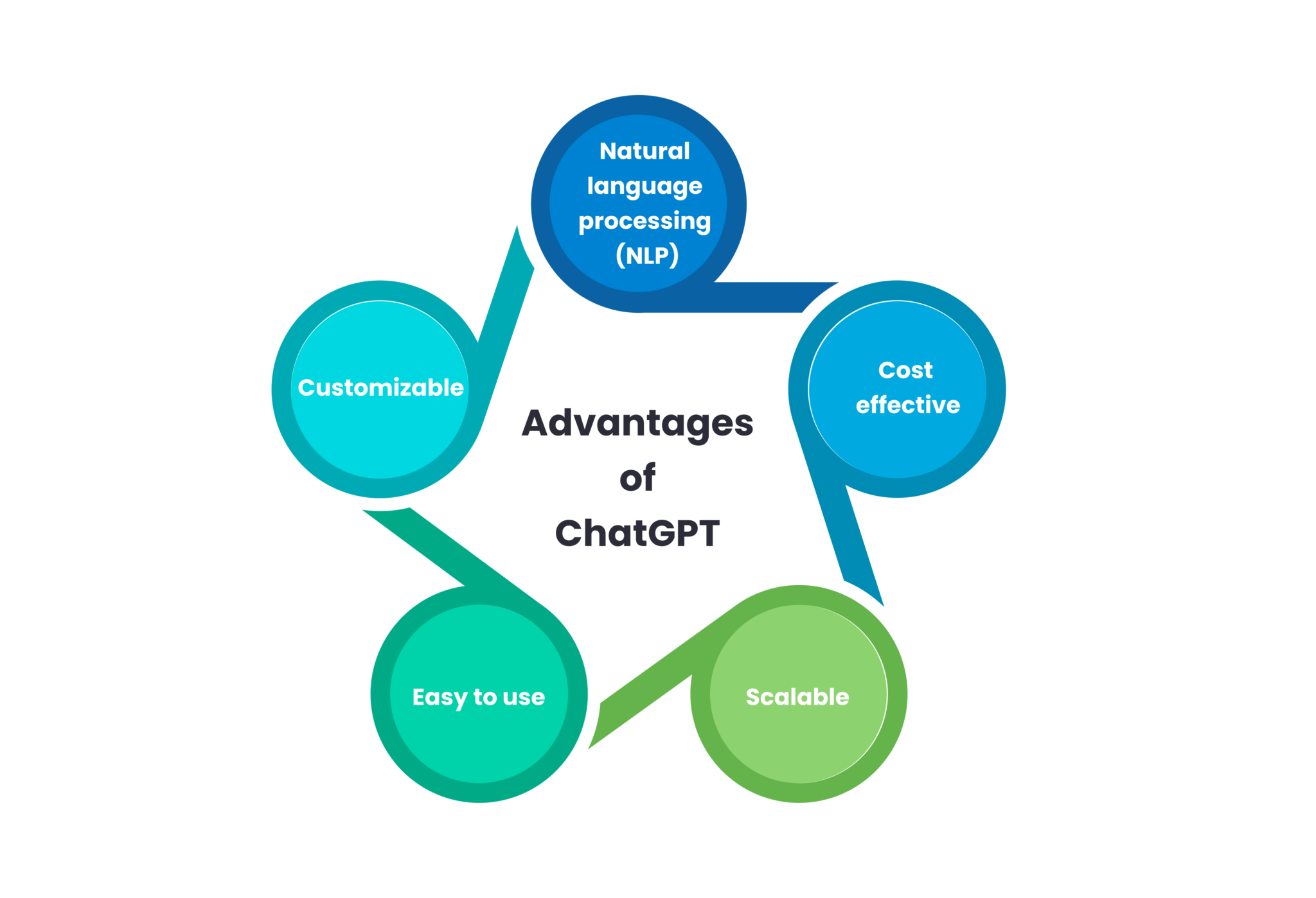
Drawbacks of ChatGPT
1. Lack of accuracy and reliability
Due to the use of training data, the accuracy and reliability of Chat GPT’s responses may be limited. It is also out of date; the most recent update was in September 2021.
.
2. Potentially biased responses
ChatGPT may provide biased results due to the dataset on which it was trained. The biases in the supplied material may affect the responses provided by ChatGPT. ChatGPT, for example, is not very good at addressing non-English inquiries and frequently makes mistakes.
3. Lacks understanding of the real world
ChatGPT is constrained by the dataset on which it was trained, and while it can yield spectacular results, it is reliant on what is available online rather than what has been learned via real-world experience.
Google Bard’s advantages and drawbacks
Advantages of Google Bard
1. Good-quality text creation
Google Bard can generate human-like prose that can be utilized for a variety of tasks, such as answering questions, summarizing information, and translating language.
2. A bigger dataset
Because Google Bard is trained on a vast dataset of text and code, it can give more thorough and insightful responses than smaller models.
3. Produce text output
Google Bard can help you create a range of language, from job descriptions to hiring letters to authoring reports, making it a versatile tool for the workplace.
4. The ability to write code in multiple programming languages
Google claims that Bard can generate code in multiple programming languages for simple and difficult jobs alike, even from natural language prompts.
5. Language support
Bard is compatible with U.S. English. Plus, it can translate many more languages.
Drawbacks of Google Bard
1. Computational resources
Usually, bigger transformer models consume a lot of computing resources.
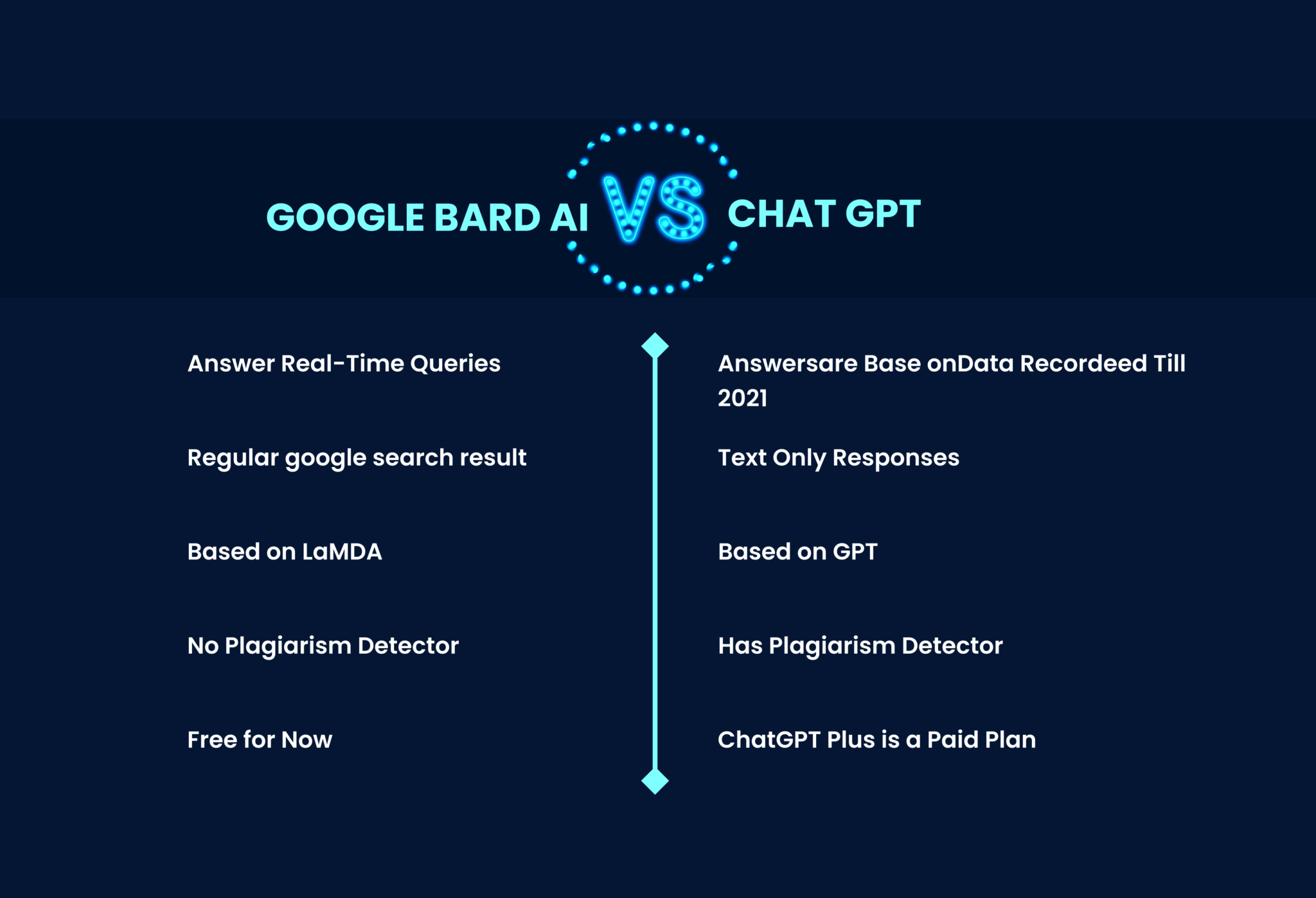
What to keep in mind when using AI chatbots?
Keep in mind that ChatGPT and Google Bard are both in the early stages of development. This means these tools may have errors or biases. This is why, in order to ensure the accuracy of the data provided by ChatGPT and Google Bard, users should be cautious. Furthermore, employing ChatGPT or Google Bard, both of which collect personal information in the same way that search engines do, raises privacy concerns.
Your IP address, text, and even links to your personal information such as phone, email, and social media accounts can be collected.
What’s better for your business? ChatGPT or Google Bard?
Both ChatGPT and Google Bard are free —well, somewhat, unless you want to use the paid ChatGPT Plus. Both of these AI chatbots are trained on large natural language models, meaning their responses tend to be similar.
Google Bard comes with several features that help it stand out. For instance, you can get “draft” versions of the response, which offer a variety of responses. Other than that, Google Bard is always up-to-date and has access to web information. ChatGPT, on the other hand, is based on data up to September 2021. So users have to realize that both AI chatbots and human-like chatbots can be prone to error and bias, collect personal data (not just the information you enter), and be used by criminals.
ChatGPT VS Google Bard: Wrapping up
There you have it! We talked all about ChatGPT and Google Bard. There is no denying that both of these tools can be beneficial. As we discussed, ChatGPT has a free version and a paid subscriber-only version too. So which one should you get? Since ChatGPT is very popular, you may have to wait in a queue during peak hours. But lately, OpenAI has been handling the flow of traffic better, which makes accessing ChatGPT easier.
At times, it can be buggy, of course. However, it is also a more accessible and powerful AI chatbot. Google Bard is an excellent alternative. We believe that ChatGPT is the best alternative and that it is worth attempting to use before going for Google Bard.

